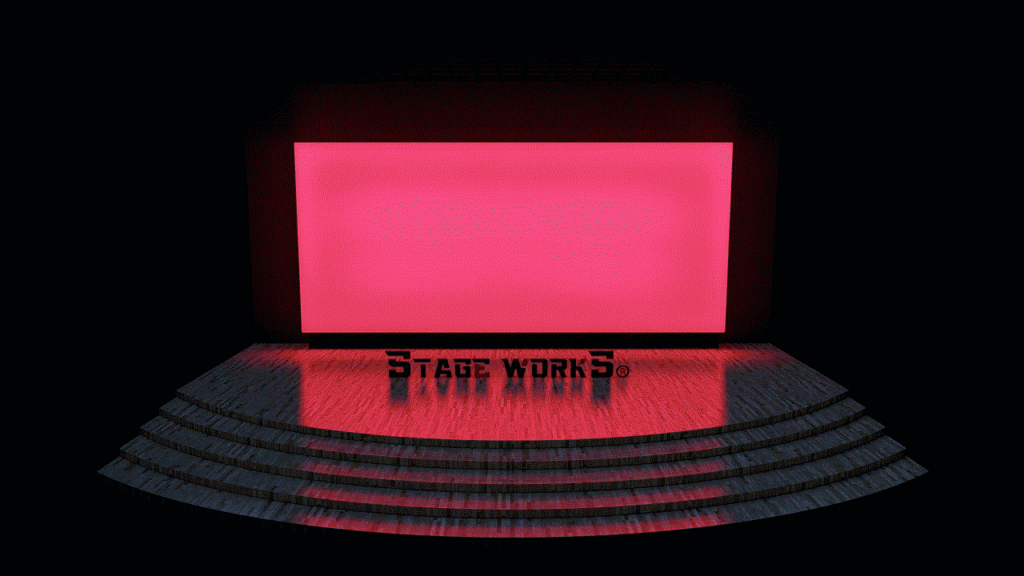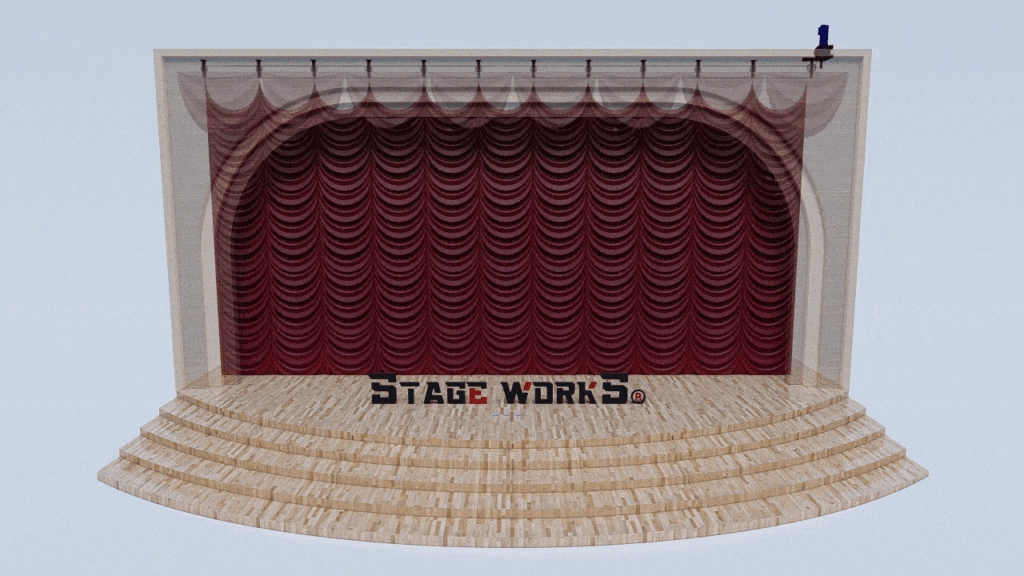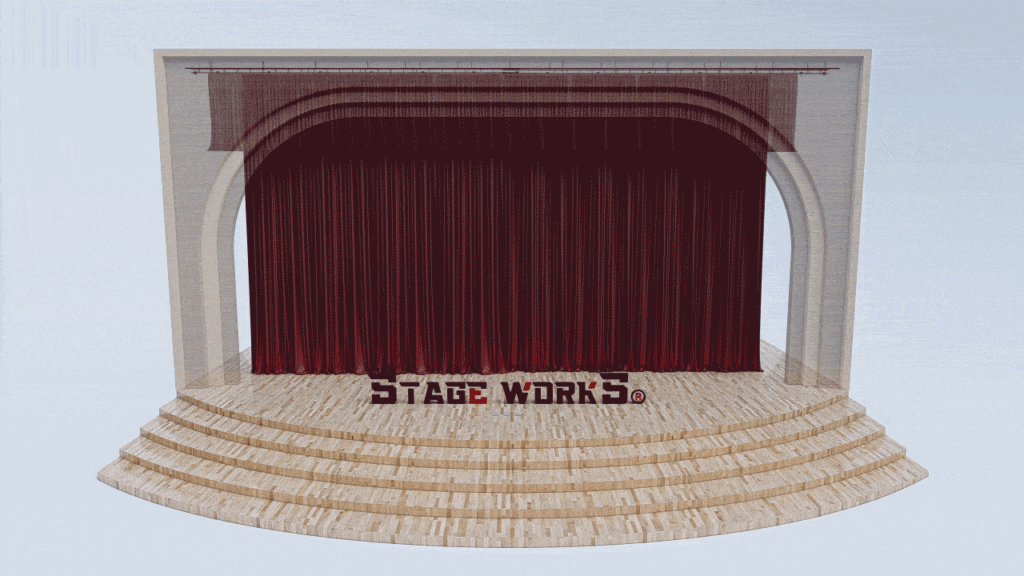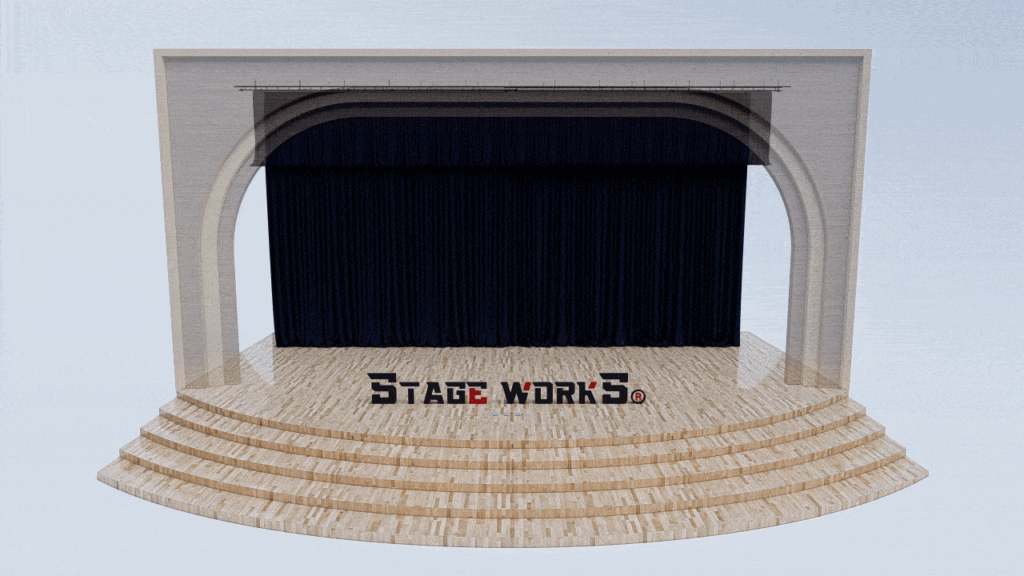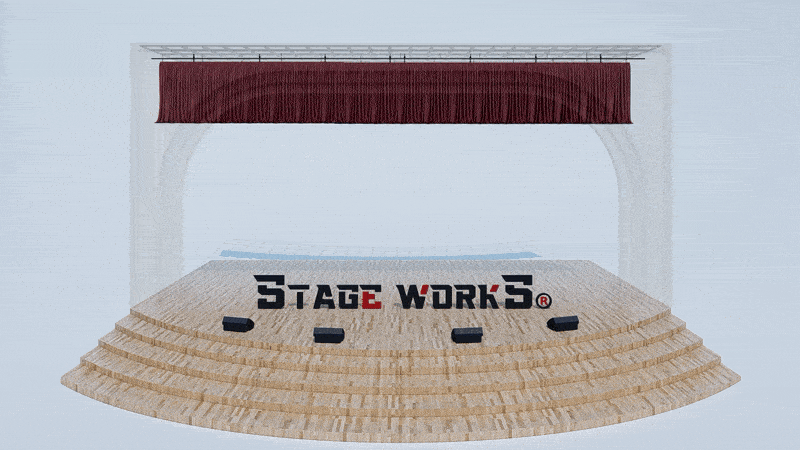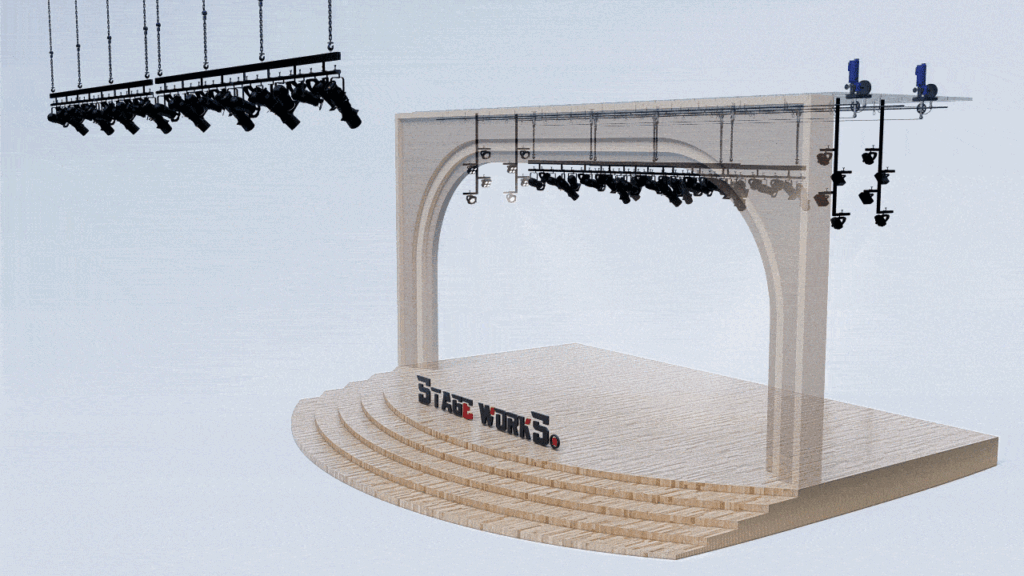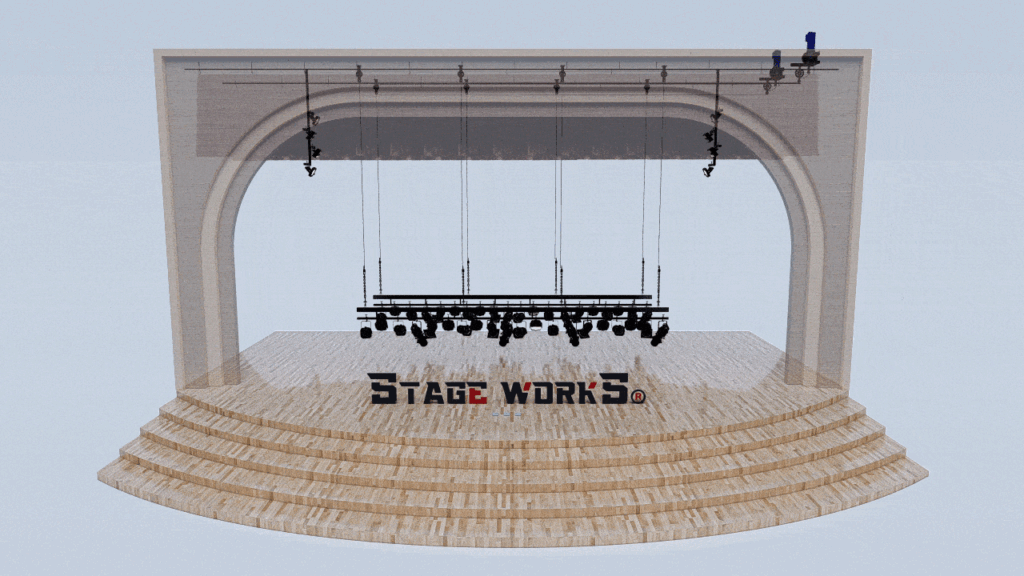Stage Curtains: Make a Statement
The Unsung Heroes of Every Performance
Stage curtains are often overlooked, considered merely functional elements. But a closer look reveals their crucial role in shaping the audience’s experience. More than just a backdrop, they are integral to the storytelling, impacting the mood, revealing and concealing, and ultimately contributing significantly to the overall success of a production. This article delves into the world of stage curtains, exploring their diverse functionalities and how to choose the perfect ones to elevate your performances.
Beyond the Basics: Functionality and Aesthetics
The functionality of a stage curtain goes far beyond simply hiding the backstage area. Consider the following factors:
Sound Absorption:
High-quality curtains can significantly improve the acoustics of your performance space. Heavy, sound-dampening fabrics minimize distracting echoes and reverberations, enhancing the clarity of sound for both performers and audience members.
Light Control:
The ability to manipulate light is a key aspect of stagecraft. Different fabrics offer varying levels of light absorption and diffusion, creating dramatic shifts in atmosphere and mood. From sheer fabrics that allow light to filter through, to blackout curtains that create complete darkness, the possibilities are endless.
Fire Safety:
Safety should always be a primary concern. Choosing fire-retardant fabrics is non-negotiable, meeting stringent safety standards ensures the well-being of everyone involved in the production.
Durability and Maintenance:
Stage curtains endure significant wear and tear. Investing in durable, easy-to-clean fabrics will ensure longevity, minimizing the need for frequent replacements and reducing overall costs in the long run.
Choosing the Right Curtain for Your Production
Selecting the appropriate stage curtains requires careful consideration of several factors:
Fabric Type:
The choice of fabric dictates the aesthetic and functional qualities of your curtain. Velvet creates a luxurious, opulent feel, while heavier velvets are better for sound absorption. Lightweight fabrics offer a more delicate appearance and allow for greater light diffusion. Consider also the drape, weight, and texture.
Color and Design:
Color choices significantly influence the mood and atmosphere. Darker colors create a sense of drama and mystery, while lighter colors evoke feelings of brightness and optimism. Custom designs and prints can add a unique touch, reflecting the theme or style of your production.
Hardware and Operation:
The method of operation – manual or motorized – impacts both functionality and budget. Consider the size and weight of the curtains, and choose the system that best suits your needs and capabilities. High-quality hardware ensures smooth and reliable operation, enhancing the overall professionalism of the production.
Making a Statement: Curtains as Part of the Design
Think of your stage curtains as an extension of the set design itself. They can transition seamlessly into the overall aesthetic or act as a striking focal point, enhancing the narrative. Explore innovative uses of curtains, such as incorporating projections, integrating lighting effects, or utilizing them as part of the scenery.
Conclusion: Elevate Your Performances
Investing in high-quality stage curtains is an investment in the success of your productions. They are not simply functional elements; they are integral parts of the storytelling process, shaping the atmosphere and enhancing the audience experience. By carefully considering the factors outlined above, you can choose curtains that not only meet your practical needs but also elevate your performances to new heights. Contact us at stagecurtains.in to discuss your specific requirements and discover the perfect curtains for your next production.



